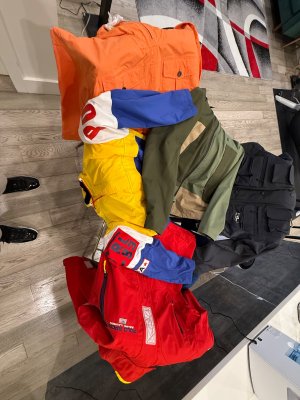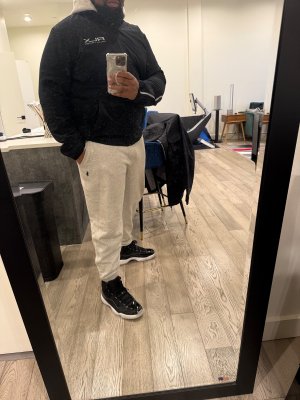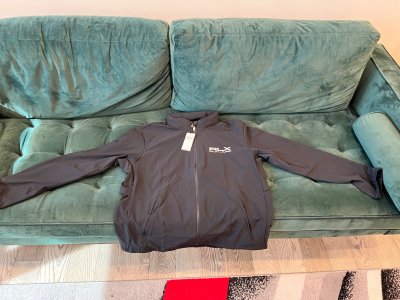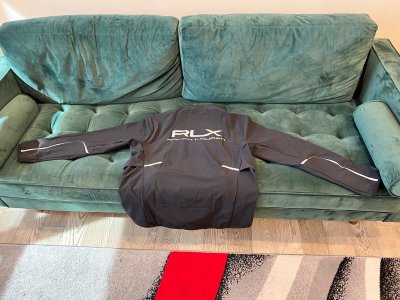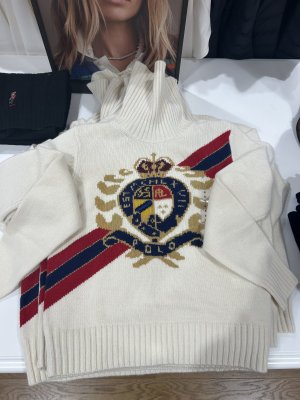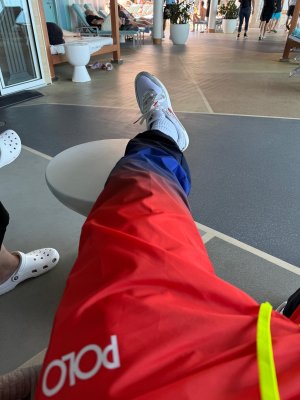Ralph Lauren, Creator of Fashion Empire, Is Stepping Down as C.E.O.
Ralph Lauren, the quintessential American designer who built a fashion empire based on sweeping fantasies of country-club prep and the Wild West, is stepping down from his post as chief executive of the company.
Taking the helm at Ralph Lauren will be Stefan Larsson, a former H&M executive and president of Old Navy, Gap’s down-market brand, which Mr. Larsson is credited with reviving. Old Navy has consistently been one of the few bright spots in Gap’s brand portfolio since Mr. Larsson, who is Swedish, took over in 2012, making him one of the most visible executives in retail.
The change may be viewed as a move by Ralph Lauren to get its financial house in order. Earnings at the upscale apparel company, known for its Polo brand, have been pressured by a strong dollar and intense competition in the luxury space. Its latest quarterly earnings of $1.09 earnings a share topped analyst estimates, but revenue dipped 5.3 percent on a year-over-year basis. The company’s share price has slumped by almost half this year.
In an interview, Mr. Lauren said that he intended to remain active at the company he founded in new roles as executive chairman and chief creative officer. Mr. Larsson will report to Mr. Lauren, though the 75-year-old American designer characterized their relationship as a “partnership.”
“When they start designing things I can’t understand, I’ll quit,” Mr. Lauren said, sitting with Mr. Larsson at his side at his offices on Madison Avenue, adorned with the rustic paraphernalia – a tin toy robot, cowboy boots – that Ralph Lauren’s stores have come to be known for.
“But I don’t feel like I’m stepping back now,” Mr. Lauren said.
Still, Mr. Larsson’s appointment is the start of a succession at one of America’s best-known fashion houses, which, together with the likes of Donna Karan and Calvin Klein, helped put American style on the map.
And it is the coming end of a golden era of American postwar designers: Ms. Karan stepped down from the helm of the house that bears her name earlier this year; Mr. Klein stepped away from his namesake company in 2002.
Mr. Larsson will take over as chief executive of the Ralph Lauren Corporation in November, and will also join the company’s board.
“One of the biggest reasons for me to join is the opportunity to work side by side with someone like Ralph,” Mr. Larsson said.
Most really successful fashion brands are stories of two partners — Yves Saint Laurent and Pierre Berge, Calvin Klein and Barry Schwartz, Valentino and Giancarlo Giammetti, even Giorgio Armani and Sergio Galeotti (Mr. Armani took over as C.E.O. after he died).
Mr. Lauren was singular in that he did both jobs on his own. Having the dual skill set needed to have a great aesthetic vision and run a great company is rare. Previously, he had a “partner” in Roger Farah, former chief operating officer and president who retired a few years ago, and who was succeeded by Jackwyn Nemerov. But Mr. Lauren’s decision to award Mr. Larsson the title of chief executive indicates that he, at least, feels it is still important to separate the roles and have a professional manager running the brand.
Mr. Lauren’s most recent show at New York Fashion week was an ode to Americans in Biarritz, with his signature perfect leather tailoring, blue and white evening gowns, and stars in the front row (Jessica Chastain, Julianne Moore). But his brand is a typical luxury pyramid structure ( the model for both Calvin Klein and Michael Kors), with luxury at the pinnacle casting an aspirational halo over the more accessible Polo Ralph Lauren line (also now shown at New York Fashion Week), and factory stores below that form the bulk of the profits.
Given Mr. Larsson’s track record in “fast fashion,” the question is whether the company, which has invested in bolstering its luxury image, will now take a different tack. Recent moves at the company, like separating out its luxury business, hiring the luxury executive Valerie Hermann and opening a lavish private members’ club in Milan, had suggested a stronger focus on luxury at the apparel company.
Mr. Larsson has made his name in budget-conscious mass-retailing, first at H&M and then at Old Navy. Though even at those mass brands, Mr. Larsson’s success, experts say, has been built on fostering a level of attention to design that sellers of low-end, family-oriented apparel had previously not put into their wares.












